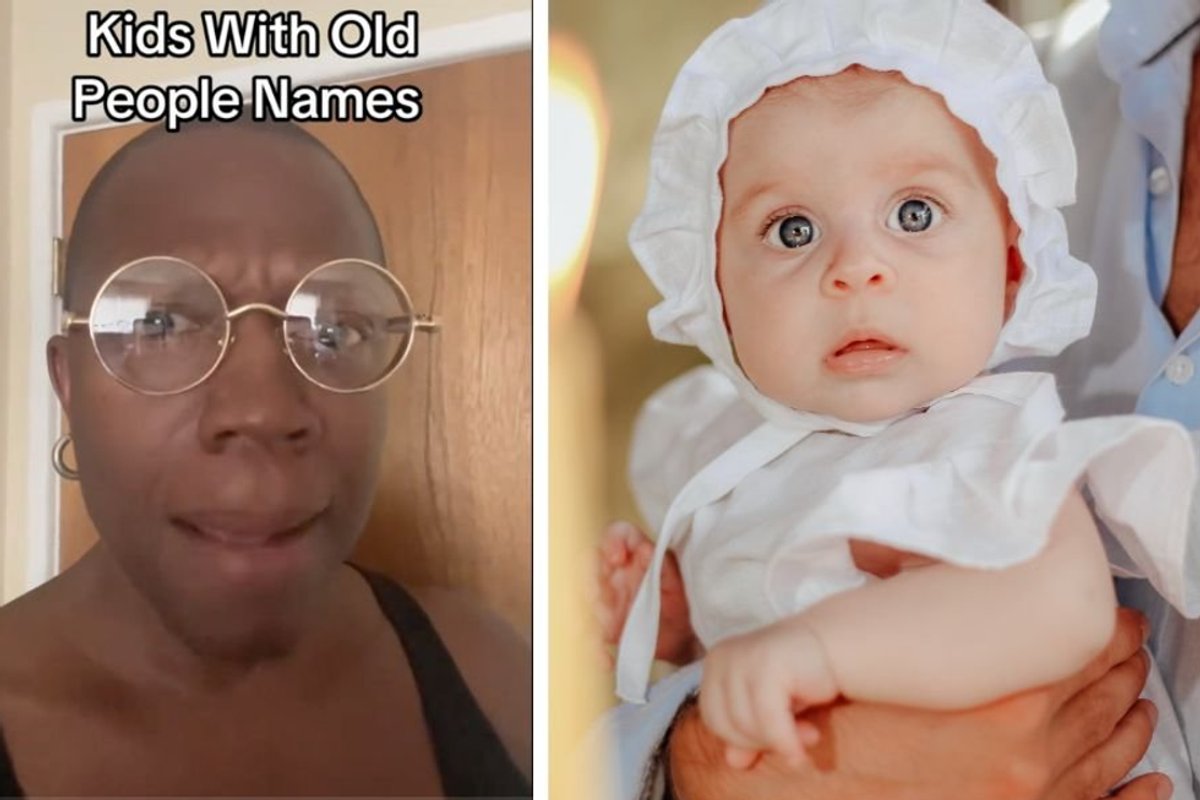If you look at years of Groundhog Day data, a scary trend emerges.
Groundhog Day is, unquestionably, America's favorite holiday.
Photo by Jeff Swensen/Getty Images.
It can sometimes seem that, for millions of children and adults alike from Maine to Hawaii, the only day on the calendar that matters is February 2.
It's a day that seeks to answer the single most pressing question on our collective mind: Will winter end a little early, or just, like, at the normal time?
The magic of Groundhog Day harkens back to the late 19th century — a simpler time — when our nation's most sophisticated mode of climate modeling involved pulling a terrified rodent out of the ground and watching its facial expressions for about 45 seconds.
...and I'm about to ruin it.
Photo via iStock.
This gives me no pleasure (OK, a little bit of pleasure). But it needs to be said.
The National Centers for Environmental Information (NCEI) pulled data for all the Groundhog Days since 1988. For each year, it tracked whether Punxsutawney Phil saw his shadow, and whether temperatures in February and March of that year were above or below average.
After just a cursory look at the results, two things become immediately clear:
1. Groundhog Day is completely useless as a predictor of whether spring will come early.
2. To the extent that the holiday contains any useful information whatsoever, Groundhog Day is actually a harbinger of planetary doom.
Let's take these one by one:
1. Turns out, Punxsutawney Phil pretty much always sees his shadow.
"Yeah, so I do lift." Photo by Jeff Swensen/Getty Images.
Groundhog Day operates on a pretty simple premise: Phil sees his shadow, winter stays around for six more weeks. Phil doesn't see his shadow, winter goes away earlier than usual. You'd probably expect a roughly 50-50 split.
And you'd be wrong.
Between 1988 and 2016, the purportedly clairvoyant groundhog has taken an obvious gander at his own shadow 20 out of 29 years. If you go back to 1887, his record gets even worse. Since the very first Groundhog Day on record, Phil has seen his shadow 102 times, and not seen it only 18 times (there is no data for 10 of those years).
Groundhogs only live two to eight years on average, so this data tracks across dozens of Phils.
If, between the late '80s and today, we'd been dealt a series of solidly long winters, maybe you could make a case for Phil's psychic prowess. But that's the opposite of what's been happening.
And that's where the doom comes in.
2. In the last 28 years, regardless of whether Punxsutawney Phil sees his shadow, spring mostly just always comes early. And that's not a good sign.
Death is coming for us all. Photo by Kor!An/Wikimedia Commons.
We've had a warmer-than-average March 22 out of the last 29 years. Globally, as of 2016, March 2016 was the hottest March on record.
While there's no one on Earth who would say "no" to a St. Patrick's Day barbecue, the ruthless, relentless advance of spring is also a pretty stark illustration that climate change is real and getting worse.
In case you need to be reminded why that's scary, here's a pretty good 'n terrifying summary.
It's not the groundhog's fault. He's tried hard to see-his-shadow our way out of this. But it hasn't worked.
No, it can't. Photo by Jeff Swensen/Getty Images.
Unfortunately, that means we have to do more of the heavy lifting. A lot of that is going to depend on our ability to meet the ambitious goals laid out in the landmark climate agreement that was signed in Paris in 2015, like limiting global temperature rise to "well-below" two degrees Celsius.
The problem is, for the countries that signed on, the commitment is voluntary.
Making sure we hold up our end of the bargain means electing politicians that not only believe in man-made climate change, but actually want to do something about it and pressuring them so that they actually do.
If we manage to accomplish that, Groundhog Day can go back to being what it was always meant to be: a silly holiday that doesn't mean a damn thing.
Photo by Archie Carpenter/Getty Images.
Not the kind of day you'd want to experience over and over and over again, but, you know, not bad for a day in February!



 Worried mother and children during the Great Depression era. Photo by Dorthea Lange via Library of Congress
Worried mother and children during the Great Depression era. Photo by Dorthea Lange via Library of Congress  A mother reflects with her children during the Great Depression. Photo by Dorthea Lange via Library of Congress
A mother reflects with her children during the Great Depression. Photo by Dorthea Lange via Library of Congress  Families on the move suffered enormous hardships during The Great Depression.Photo by Dorthea Lange via Library of Congress
Families on the move suffered enormous hardships during The Great Depression.Photo by Dorthea Lange via Library of Congress

 Millennial mom struggles to organize her son's room.Image via Canva/fotostorm
Millennial mom struggles to organize her son's room.Image via Canva/fotostorm Boomer grandparents have a video call with grandkids.Image via Canva/Tima Miroshnichenko
Boomer grandparents have a video call with grandkids.Image via Canva/Tima Miroshnichenko
 Classic Film GIF
Classic Film GIF  Oh nothing, just Edyth, Arthur, and Iris hanging out at the park.
Oh nothing, just Edyth, Arthur, and Iris hanging out at the park.
 It helps that Golden Retrievers are notoriously friendly. Photo by
It helps that Golden Retrievers are notoriously friendly. Photo by